When it comes to building more of the housing that California needs, the legislative reforms making it easier to build accessory dwelling units have been a major success story: In 2023, one in every five new homes built here was an ADU, resulting in 22,802 new homes.
But there is much wider interest in ADUs than that number suggests; it only represents legally permitted and constructed ADUs. New evidence shows that even with new streamlined permitting for these “mother-in-law cottages,” hundreds of homeowners are still building them illegally.
RELATED: Sunnyvale welcomes new affordable ADUs
A study from a team of researchers at Stanford University and the Massachusetts Institute of Technology found that even in San Jose — one of the cities at the forefront of reforming ADU permitting — the number of illegal ADUs may outnumber legal ones by more than three to one, with illegal units more prevalent in low-income and minority communities wary of high permitting costs and red tape.
Between 2016 and 2020, property owners in San Jose legally built around 291 detached units — but, using a computer vision model to analyze satellite images of San Jose, researchers estimated that another 1,045 “informal” detached ADUs were built during that time.
“Official statistics show signs of ADU progress, but what if those are just the homeowners who can easily get through the permitting process?” said Derek Ouyang, one of the paper’s authors. “They’re able to take advantage of liberalized laws, whereas people from lower-income communities cannot.”
Without an official record of these units, they aren’t counting toward the city’s goal of building 62,200 new units by 2031.
“This is an opportunity for us to identify and recognize more living units,” said Rachel Roberts, San Jose’s deputy director of code enforcement.
These “informal” units are more likely to pose a risk to tenants’ health and safety, Roberts said. For example, they may feature gas appliances in a bedroom or lack sufficient exits in case of a fire.
But they are also a risk for the owners. For one thing, insurers aren’t likely to cover illegally built units. They also make the property more difficult to sell, since the new owner would take on the risk.
RELATED: Walnut Creek approves ADU plan for faith-based properties
What’s more, property owners can also run into issues with tenants — like what happened in Los Angeles this fall, where an Airbnb guest squatted for 570 days at an unpermitted guesthouse in a Brentwood mansion, claiming that she didn’t owe rent because the unit didn’t have an occupancy permit.
Despite all these issues, many homeowners still choose to build ADUs without the proper permits.
“As long as we have a housing crisis that is as severe as it is, with few options for low- and moderate-income homeowners to keep their family members housed, people are going to continue to do this because it’s the lowest-cost way to put up a home,” said Denise Pinkston, founder of the Casita Coalition, which lobbies at the state and city level for policies to streamline ADU construction.
Some cities offer ADU amnesty programs, which provide homeowners with a penalty-free pathway to bringing their illegal units into compliance.
San Jose recently launched its own pilot program, under which an ADU owner only has to bring their unit up to the building standards in place when the unit was first constructed — rather than the more stringent 2024 codes — to be deemed legal. Homeowners still need to pay the cost of building permits associated with those upgrades — but cost-burdened property owners can tap into a $300,000 fund available to help offset permit costs.
In East Palo Alto, Larry Moore took advantage of a similar program offered by a community nonprofit, after he bought a home in 2021 with an unpermitted ADU in the backyard. Before he bought it, the small one-bedroom barn house had been red-tagged after the city discovered that the previous tenants had been illegally subletting it. The city gave Moore two options: bring the property up to code, or demolish it.
“I told them, I’m not tearing it down,” Moore said. “But what was preventing me from doing it was the financial ability.”
Straight away, costs seemed to pile up. First was the inspector who charged $4,000 to look at the sewer lines. Then there was $13,000 to a designer to draft up plans. And that was even before he had started to pay for any materials or labor costs.
Moore ended up securing a low-interest loan from the city of East Palo Alto and a local nonprofit, the East Palo Alto Community Alliance and Neighborhood Development Organization, which helped him pay for the rehab. The project included a brand new foundation for the ADU, additional ventilation, and moving the unit to increase the setbacks from a neighboring property. Even with the savings from doing most of the labor himself, he expects the project will still cost him around $140,000.
“I’m so grateful to that program,” he said. “It goes to show that if you have the right support, you can do the right thing.”
Still, advocates like the Casita Coalition believe that most amnesty programs make it impractical for most homeowners to bring their properties into compliance by requiring units to meet strict building codes. A bill they are sponsoring, AB 2533, specifies the habitability standards that local agencies must use to assess the safety of the unit, and would exempt the property owners from having to retroactively pay impact fees, thus lowering the cost to legalize a unit.
“If a unit is unsafe, we need to find a way to make it safe and not get hung up on perfection,” Pinkston said. “If you don’t make it easy to build housing, and people need the income, they’re going to do it anyway.”
Butte County
While the effect is clearly reportable in San Jose, cities in Butte County including Oroville, Chico and Paradise report that illegal or unpermitted ADUs have not been a problem historically nor a problem now — at least what’s known to them.
Patrick Piatt, community development director for Oroville, said the city has five permitted ADUs, and that unpermitted ADUs have not been an issue with the city’s code enforcement department with no known reports in memory.
The closest example to illegal ADUs may be homeowners renting garages with no plumbing or inadequate — “It’s possible, but we’re just not aware of any,” Piatt said.
While Oroville hasn’t seen illegal units so far, they were considered in conversations while drafting an update to the city’s ADU ordinance that will heard later this year by city councilors.
“It’s not really a problem now, but because of the state law and all that, it’s a good time to (improve) the ordinance if we get a flood of requests coming in.” Piatt said.
Piatt said no plans by developers are currently proposed to build an ADU in Oroville, however the city’s position is that it’s not against them.
“We’re not opposed to them by any means,” but there haven’t been any conversations nor requests yet to raise expectations that ADUs will become more popular, Piatt said.
“I think bigger cities, and cities that are considered tourist towns … have issues where people start renting out their garage,” Piatt said. “It spread so fast that I think it got ahead of cities, but that just didn’t happen here.”
Paradise
Unpermitted ADUs in Paradise are also reportedly not an issue, according to Paradise Community Development Director Susan Hartman.
“In the past five and a half years, we’ve only had one complaint about an illegal ADU, and it was really just an existing garage,” Hartman said in an email.
Hartman said Paradise issued about 60 minor use permits for ADUs after the Camp Fire, and 55 were concurrently built with the main residence being rebuilt.
“There’s really just a local focus on getting the main house built, so there isn’t currently an issue with owners bootlegging ADUs,” Hartman stated.
Even if an illegal ADU were to slip by, Hartman stated, the town regularly expects individual septic systems — and if found, the town would proceed with code enforcement which may result in demolishing the space if it has no septic capacity for a second dwelling.
“Thankfully, in my 30 years here, illegal ADUs have not been a big code enforcement issue.”
Chico
Chico Housing Manager Marie Demers said 144 ADUs were build from January 2021 to December 2023 in Chico.
Chico Code Enforcement Supervisor Charlene Durkin said unpermitted ADUs have not been a big issue for the city, though there are a handful of cases each year that the city tries to work with owners to get up to code.
“Our goal is voluntary compliance and we always work with our property owners … as long as they’re working with us, we’re going to work with them,” Durkin said. “We get involved in them because they can be (dangerous).”
Durkin said the department luckily has the staff capacity to address code violations, which larger cities may not have the workforce to handle.
She said it may be hard for the department to know if an ADU is unpermitted just by driving by a property, but there are ways properties are flagged — including when a home is sold with suspicious square footage, or when mail is delivered to units that aren’t registered with the post office.
“I don’t think there’s anything in Chico that’s such a big problem that we’re aware of,” Durkin said. “People see when somebody’s working; building something … our community is good about being proactive about reporting these things. I don’t think there’s anything that’s out of control.
“It’s hard to compare our little Chico with big cities like (San Jose),” Durkin said.



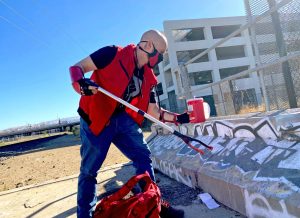
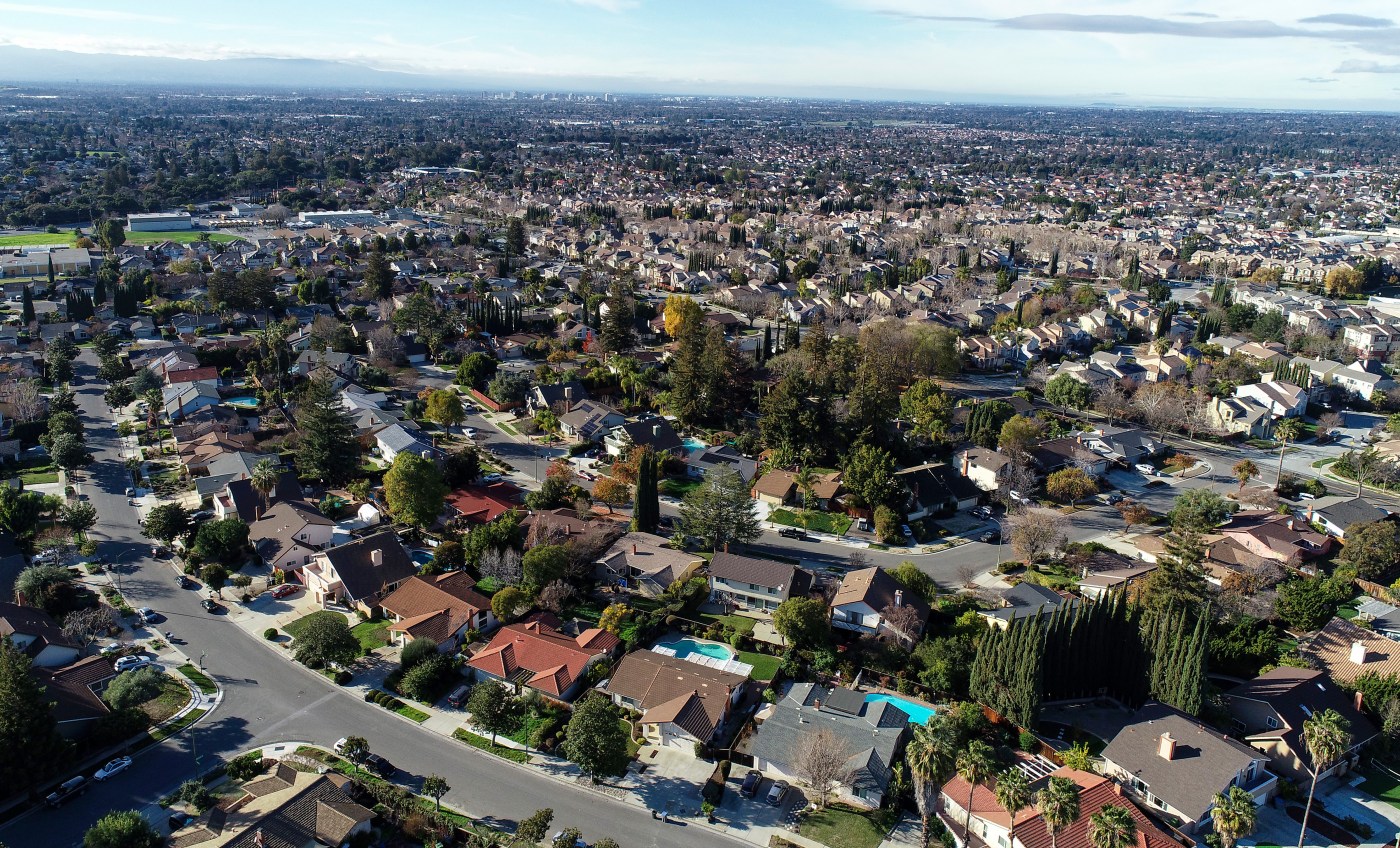


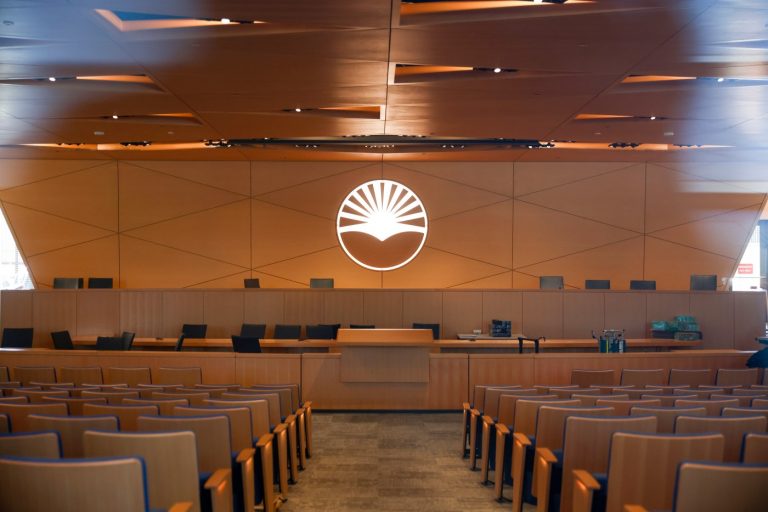
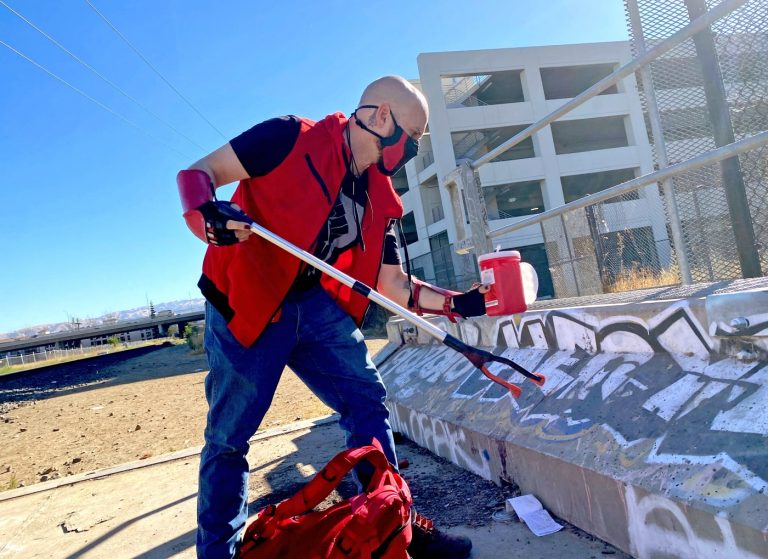
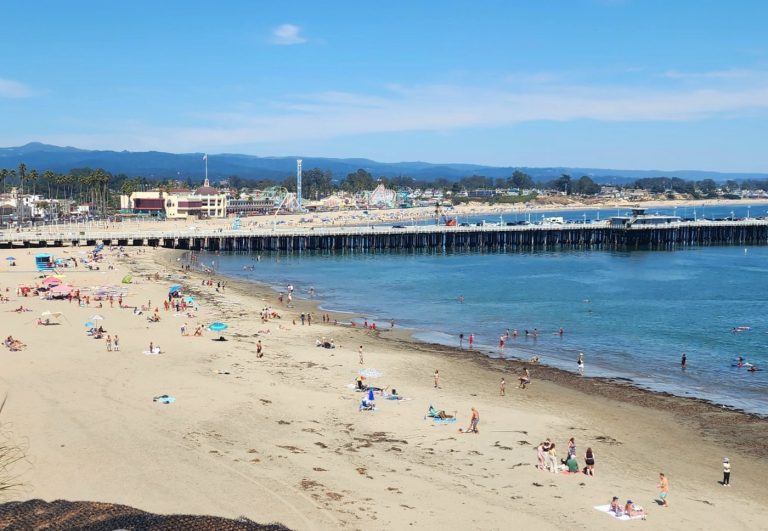
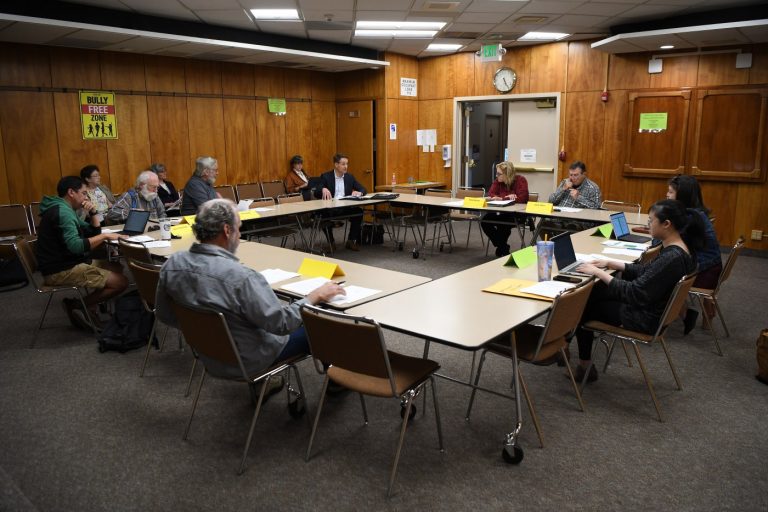


+ There are no comments
Add yours